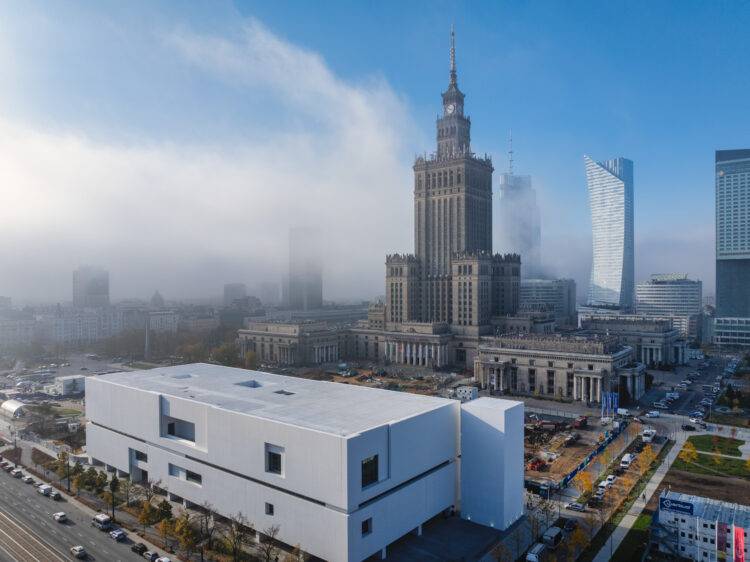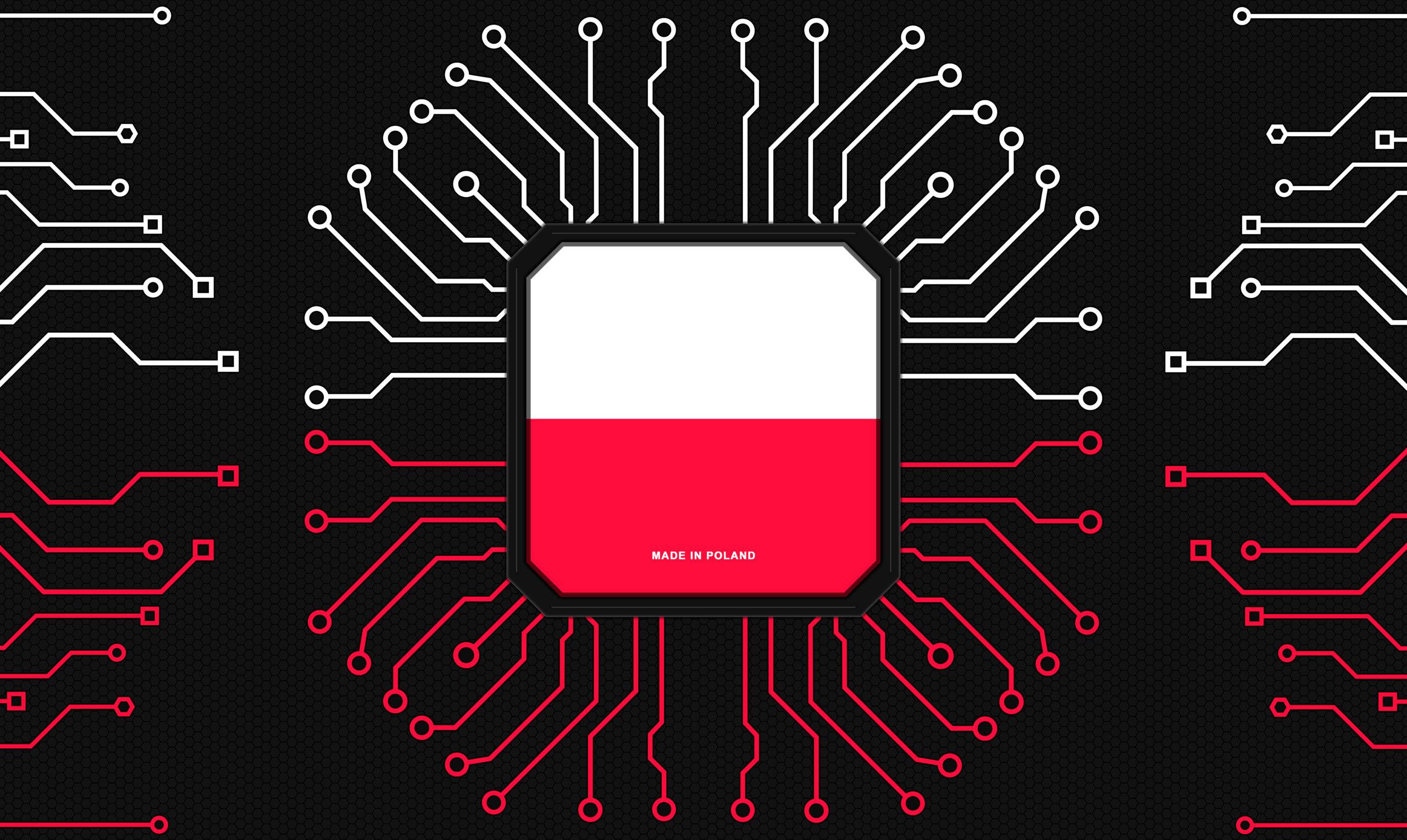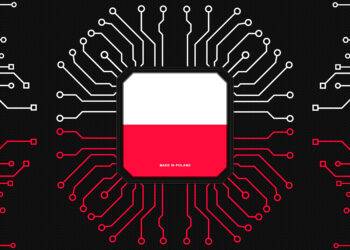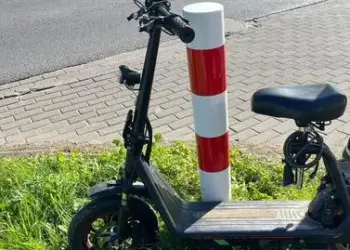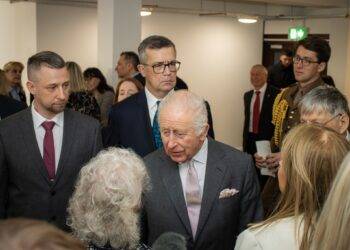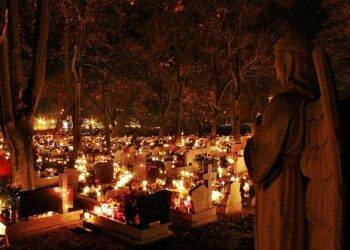The Museum of Modern Art in Warsaw opened the doors of its new home on 25 October on Marszałkowska Street in Warsaw. The building, designed by Thomas Phifer and Partners, an architectural firm in New York City, is the first in Poland and Europe to have a suspended facade made of white architectural concrete.
The creators of the museum described the new building as “an open and accessible venue for everyone” that is “a place for meetings that integrate various city initiatives.” The nearly 20,000-square-metre building is expected to become a new landmark in the city.
- More News from Poland on our Homepage.
- Sign up to our Newsletter
Grand Opening
Visitors can explore an extensive collection housed across the museum’s nearly 20,000 square meters, which includes paintings, sculptures, sound art, video installations, and interactive media. Many of the works aim to engage viewers directly, reflecting the museum’s approach to making art accessible and relevant to everyday life. MSN also integrates interactive technology, inviting the public to participate in events through livestreams, virtual tours, and multimedia displays projected onto the building’s façade. For those who cannot attend in person, the museum has set up online exhibitions and interactive streams to reach a wider audience.
The museum celebrated its grand opening with a series of free events from 25 October to 10 November 2024, including night tours using torches, multimedia projections displayed on the side of the building facing Świętokrzyska Street, late-night film screenings, and weekend morning cinema events for audiences of all ages. The official opening ceremony began at 8 p.m. on 25 October on the side of the building facing the Forum.
The museum kicked off its programming with an exhibition of works by women. Joanna Mytkowska, the director of the Museum of Modern Art in Warsaw, said the exhibition continues a global trend of acknowledging “forgotten and overlooked female artists” and “covering up white spots with colours”. The exhibition includes a mix of historical and contemporary works, including a large abakan by Magdalena Abakanowicz; a piece by Alina Szapocznikow called “Friendship”; and works by Sandra Mujinga, from the Democratic Republic of Congo, and Cecilia Vicuña, a Chilean feminist art icon.
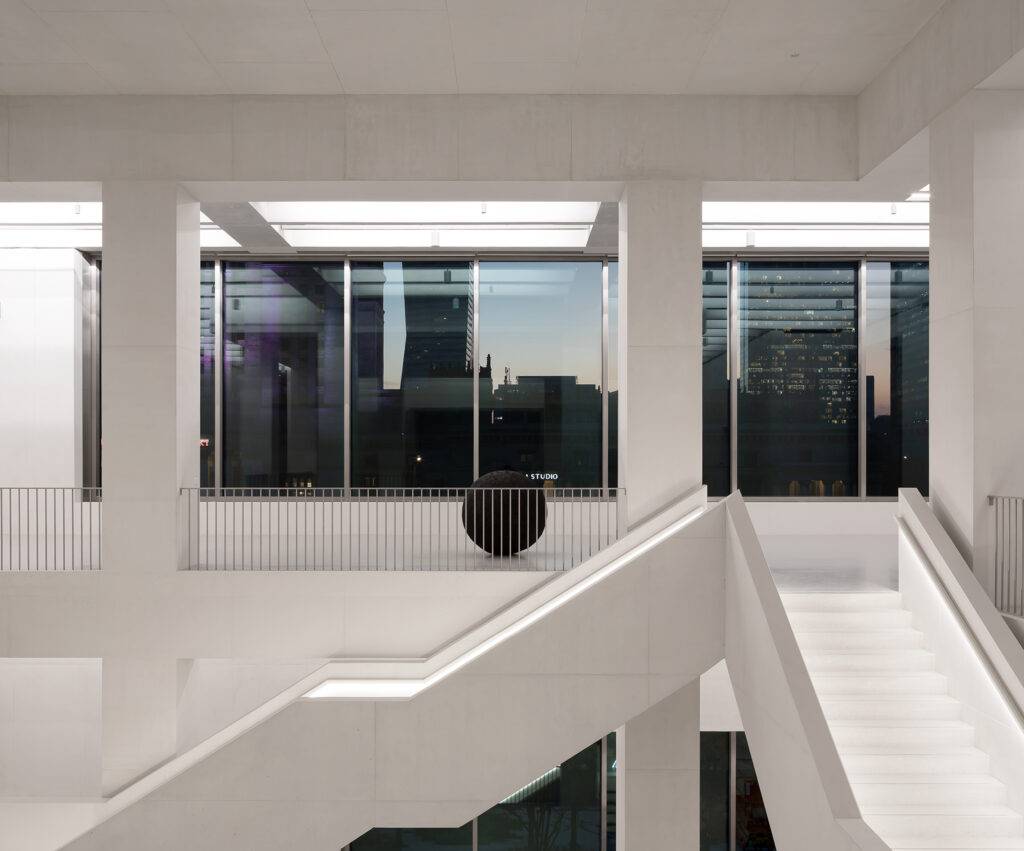
Mytkowska described this section of the collection, which has been in development for 20 years, as an important way for the museum to support an underappreciated part of the art world and to continue searching for missing figures in art history.
One of the weekend’s most anticipated events is a concert by Kim Gordon, co-founder of the alternative band Sonic Youth, whose performance will be live-streamed on the museum’s exterior, ensuring accessibility to a broader audience. Other events include night tours by flashlight, morning family-friendly film screenings, and workshops designed to engage visitors of all ages in hands-on art activities.
In parallel, the museum will offer a digital experience through its newly established virtual museum in the online game Minecraft. Beginning at 9 p.m., visitors can join an online stream to explore the museum’s virtual exhibits, engage in interactive activities like parkour courses and PvP zones, and let their imaginations run wild in the digital open space. The online platform is designed to make the museum’s resources accessible globally and appeal to a tech-savvy younger audience.
A New Cinema
The museum’s cinema is located on level -1 of the building and features a 150-seat auditorium in a cascade design. The cinema will screen independent and experimental films, arthouse documentaries, feature films and animations from Poland and abroad. It will also host festivals, thematic film reviews, meetings with filmmakers, and retrospectives.
Poland Rises to Sixth Place in EU’s Digital Health Transformation
Poland has surged to sixth place among European Union member states in digital health transformation, marking a significant leap that…
Polish Surpasses English as Top Language for Complex AI Tasks, Study Reveals
Polish has emerged as the top-performing language for completing advanced artificial intelligence tasks, outstripping global lingua francas including English and…
Aleksandra Jeglińska, curator of the museum’s cinema, said the cinema is “a place where independent and experimental films meet the most interesting phenomena of mainstream cinema. Together, they encourage reflection on everyday life and enrich the practices of creating scenarios for the future”.
A New Building on a Historic Square
The museum’s new building, located on Plac Defilad (Parade Square), has sparked debate. The square has a history of hosting political events, from Władysław Gomułka’s 1956 speech that ended Stalinism in Poland, to Pope John Paul II’s mass in 1987, to the nationalists who light flares during the annual Independence March, to the LGBTQ+ community’s Pride Parade. It was also the site of Piotr Szczęsny’s self-immolation in 2017, a reminder of the square’s capacity for hosting a range of emotions and for sparking discussions.
Urban planner Kuba Snopek noted that the square is “charged with politics” and “generates more interest than other places”, so any activity on the square will inevitably lead to discussion. He explained that the square’s central location is only part of the reason for its significance in Warsaw. The square is also significant because it sits at the heart of the city centre, a ‘puzzle’ made up of the Palace of Culture and Science and the square itself, both designed by architect Lev Rudnev, who was known for carrying out Stalin’s architectural concepts.
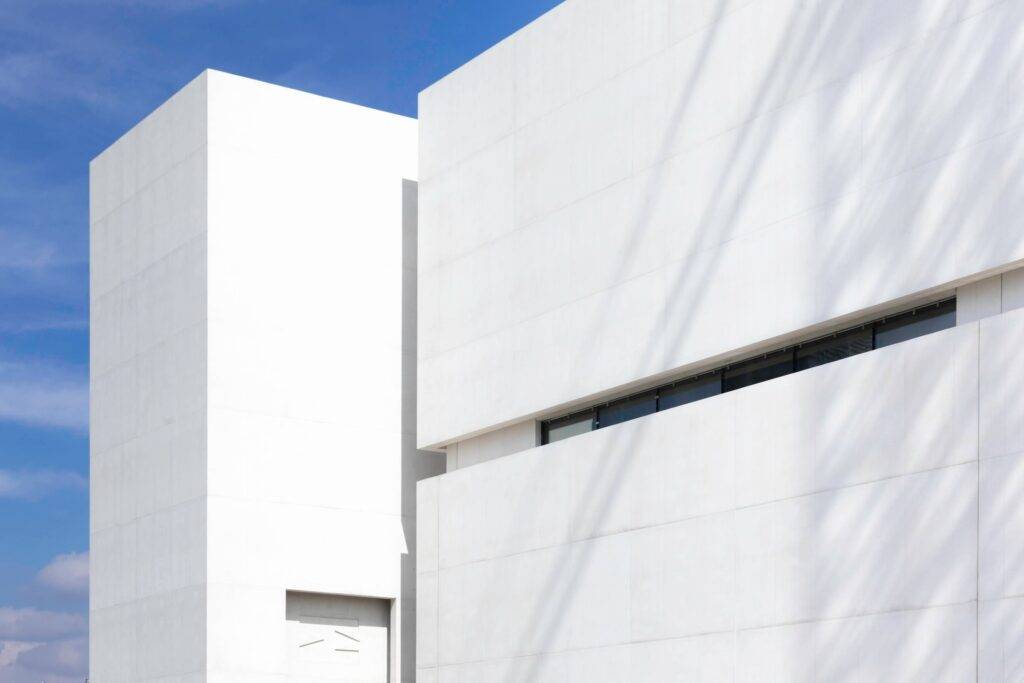
The new museum building’s design was chosen through a competition. Snopek noted that the simplicity of the design is a response to the unique context of Warsaw’s city centre, where the Palace of Culture and Science sits beside the Wars and Sawa pavilions, the “Patelnia” underpass and modern skyscrapers. He argued that the building’s straightforward style is appropriate for showcasing modern art because a building that wasn’t modern “would depreciate every work placed there”.
Snopek praised the museum for choosing Thomas Phifer as its architect because Phifer, though an excellent architect, is not a “starchitect” or celebrity. This means, Snopek argued, that the building is less likely to be a monument to its architect and is more likely to function well as a usable space.
The new Museum of Modern Art in Warsaw has sparked mixed reactions, with critics targeting its austere design, often compared to a “white shoebox” or “giant block.” Some Warsaw residents and architecture critics argue that the minimalist structure clashes with the iconic architecture of its setting on Plac Defilad, which is dominated by the grandiose Palace of Culture and Science and nearby historical pavilions. Detractors suggest that the museum’s pared-down style lacks the visual interest to compete with such imposing surroundings, leaving it feeling underwhelming and out of place in Warsaw’s architectural tapestry.
Another source of criticism centers around the building’s facade, constructed of uniform white concrete with minimal decorative elements. While the simplicity is meant to avoid overshadowing the art within, critics argue that the facade comes off as sterile and uninviting. Some have expressed concerns that the lack of windows and limited interaction between the building and the street make the museum appear insular, missing an opportunity to open up the public space to pedestrians and passersby. This, critics say, limits the building’s potential to serve as a community space, instead creating an isolated, almost aloof structure that may discourage casual visitors.
Moreover, some architectural purists argue that the museum’s restrained design does not do enough to represent Poland’s vibrant contemporary culture or push the boundaries of modern architecture. While the minimalist approach aligns with international trends, critics feel that the museum could have taken a more daring stance, using bold, experimental architecture to reflect Warsaw’s growing role on the world stage. By opting for a subdued design, they argue, the Museum of Modern Art may miss a crucial opportunity to become a landmark that inspires conversation and curiosity about Polish modernism and Warsaw’s evolving identity in global art and architecture.
While the building has been criticized for being too simple, Snopek called the design “elegant” in the sense that it includes only the necessary elements and has been reduced to its simplest form. He pointed out that the concrete facades are not entirely uniform in colour because they feature an interesting texture, tectonics, and light and shadow. The building also features large windows and other architectural elements that will allow for interaction with the street, such as posters, large graphic elements, and activities that can be seen through the windows.
A Functional Design
The museum’s pared-down aesthetic extends to its interior. Some areas of the museum, such as the galleries where art is displayed, lack windows in order to create a controlled environment for exhibiting artwork. This design element speaks to Snopek’s argument that the building’s design prioritizes function over form. The building was designed to fulfil its role as a museum and a cultural space first and foremost.
The museum’s design recalls its surroundings in some ways. Its multi-use design, which includes a reconstruction of the Polish Radio Experimental Studio, educational rooms and a cafe, is in keeping with the tradition of Plac Defilad, which also houses the Palace of Culture and Science, a large community centre that includes an array of public functions. Snopek argued that the decision to build the museum on Plac Defilad was a way of continuing this tradition while expanding it into the public sphere, which he views as a positive development.
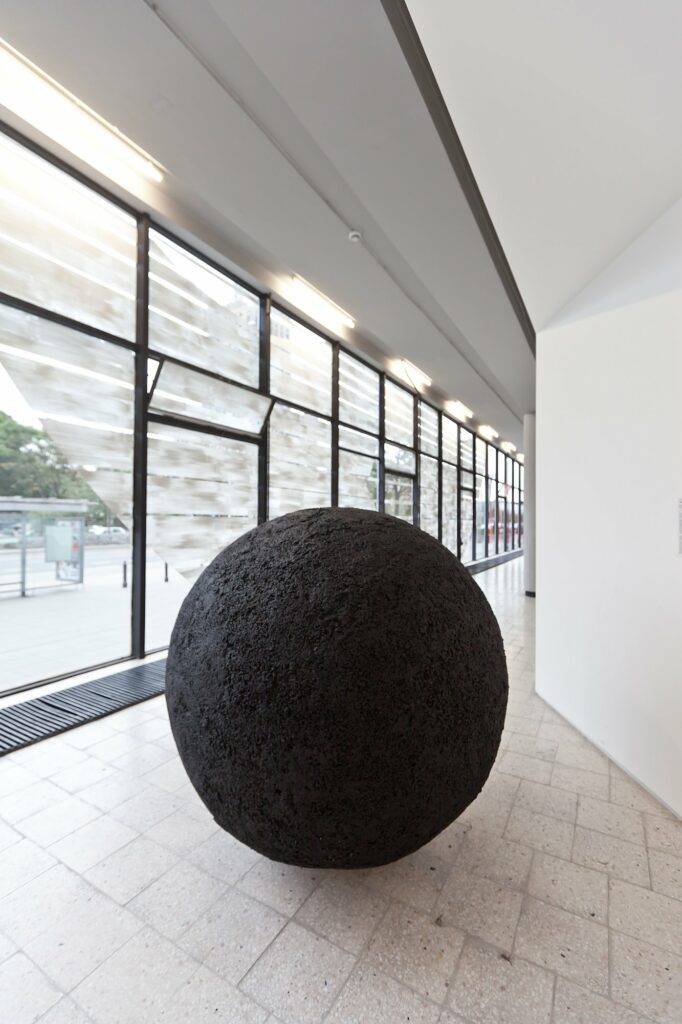
Snopek expects that people will have a different conversation about the museum’s new building in three years, once they see how the facade is used for banners, billboards, exhibition elements and installations.
With this opening, MSN not only celebrates the physical realization of its new space but also reiterates its mission to champion diversity in art. As Director Mytkowska explains, the museum’s evolving collection will continue to focus on underrepresented voices and innovative creators, with a vision to contribute to a more inclusive and vibrant arts scene in Poland and beyond. For more details on events and ticketing, visit the museum’s website at artmuseum.pl.
The new building’s opening events will continue through November 10, with additional exhibitions, workshops, and public programs designed to foster a lasting connection between the museum and the community. The museum’s mission to engage with the public is evident in the wide range of accessible and participatory programs, emphasizing MSN’s commitment to positioning contemporary art within everyday life in Warsaw.
Support Poland 24
Poland 24 is an independent publication dedicated to providing accurate, insightful, and timely news from Poland. In an era where reliable journalism is more important than ever, we take pride in delivering content that keeps you informed about the latest developments in politics, culture, and society in Poland. However, as an independent outlet, we rely on the support of our readers to continue operating without the influence of corporate sponsors or political agendas. Your donations are crucial to help us maintain the quality of our reporting, covering both major headlines and the stories that often go untold by mainstream media.
By supporting Poland 24, you are not only helping us sustain our website, but you are also contributing to the creation of more diverse, in-depth content. Every donation, big or small, allows us to invest in better resources, hire experienced journalists, and cover a wider range of topics with the detail and attention they deserve. If you value independent journalism and want to see more high-quality content about Poland, please consider donating today. Your support truly makes a difference in our ability to continue bringing important news to the public.

